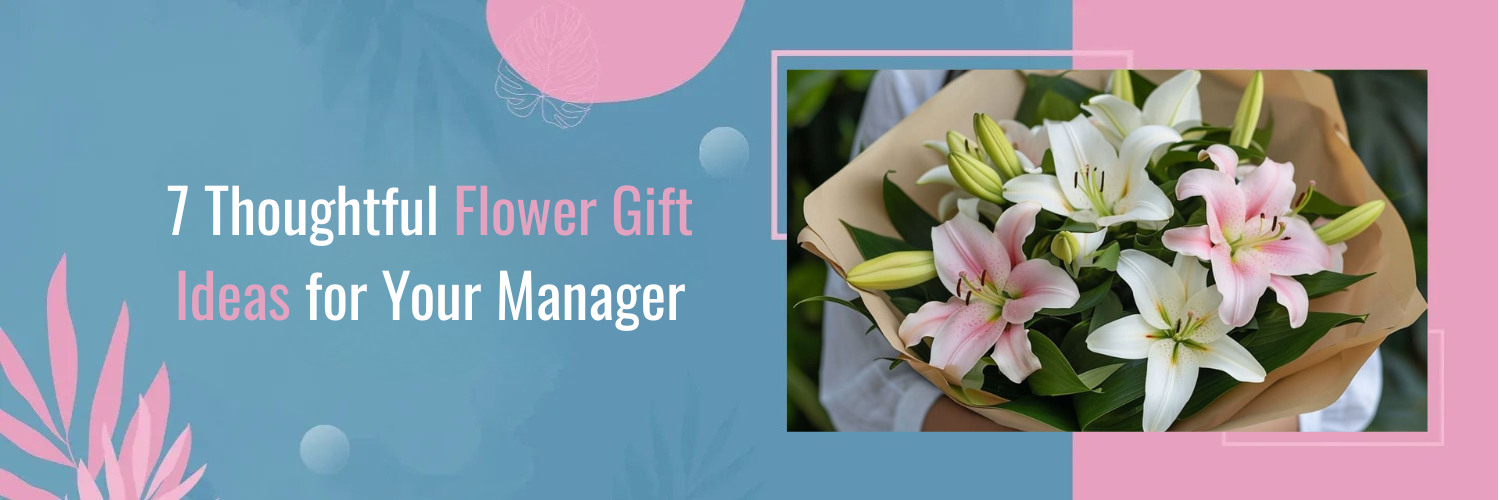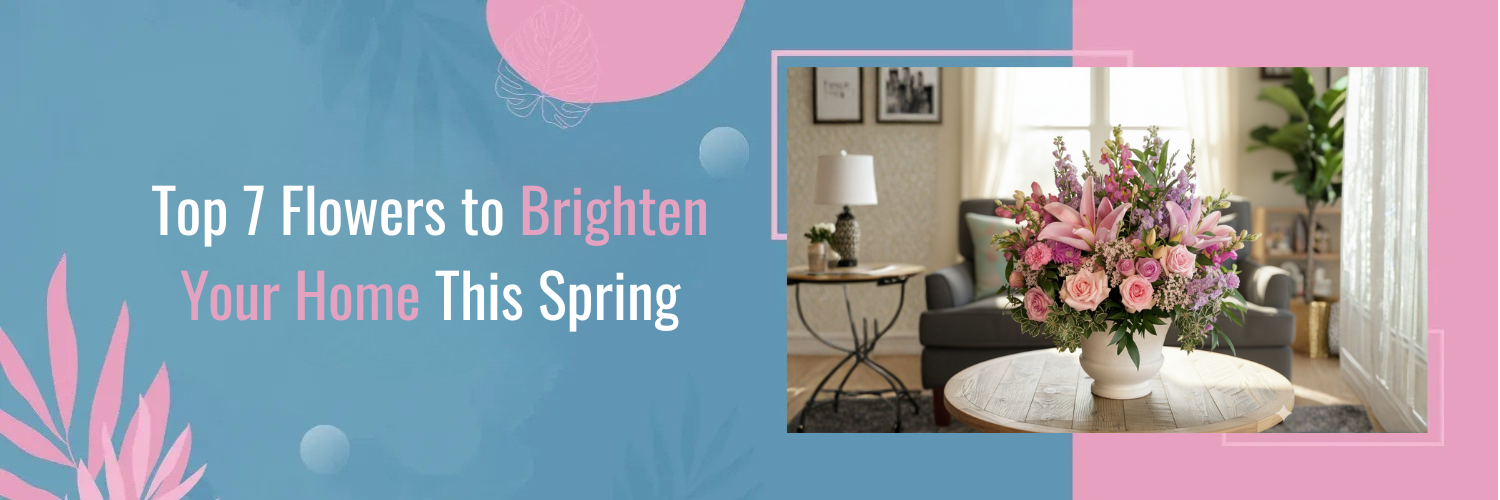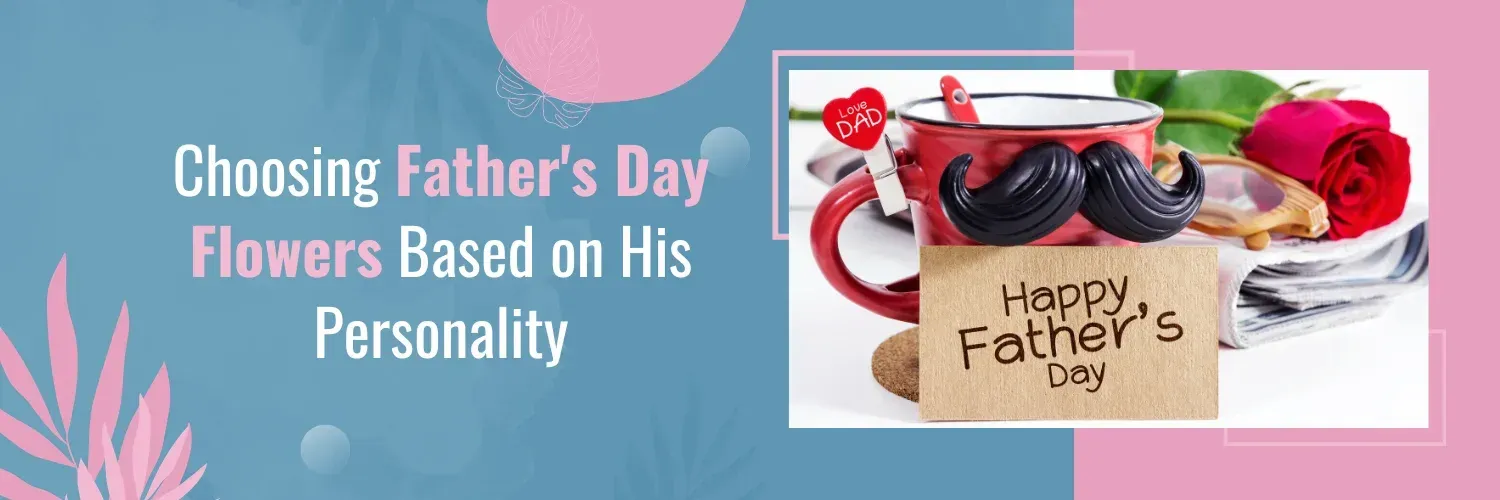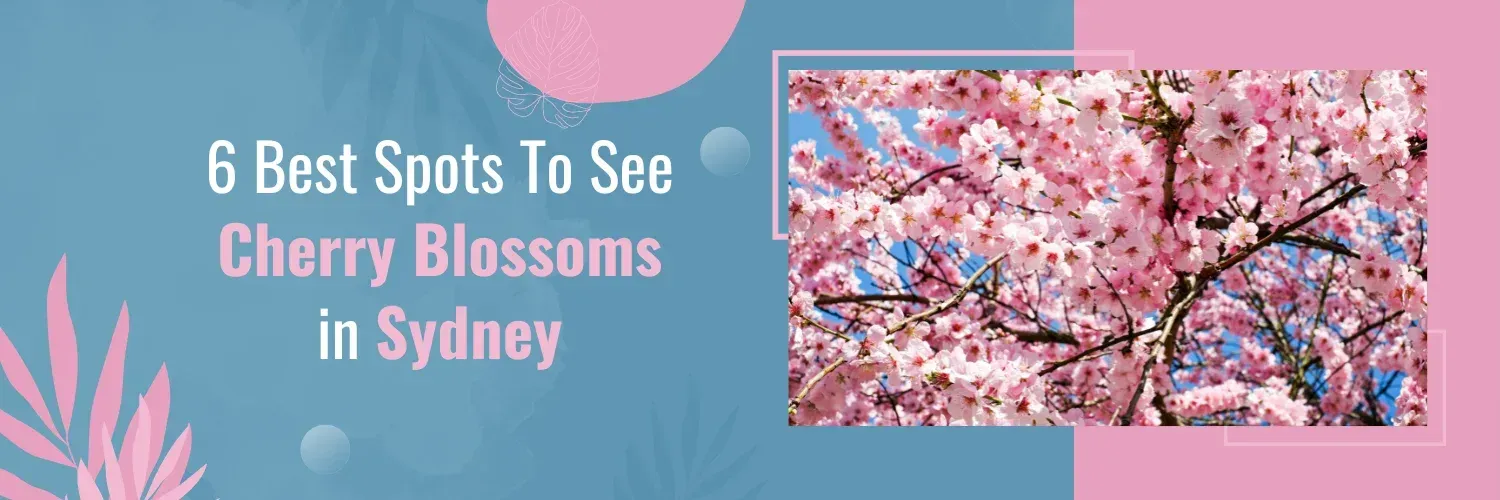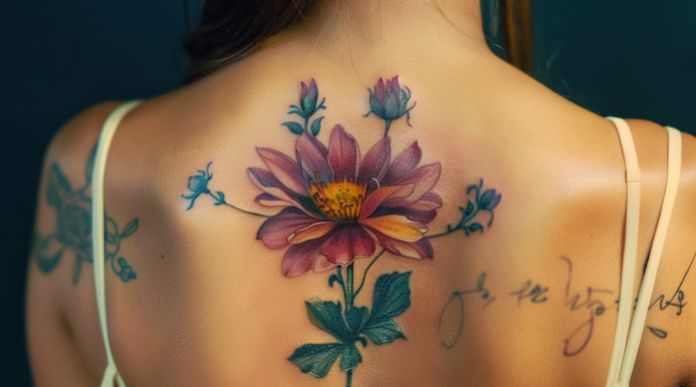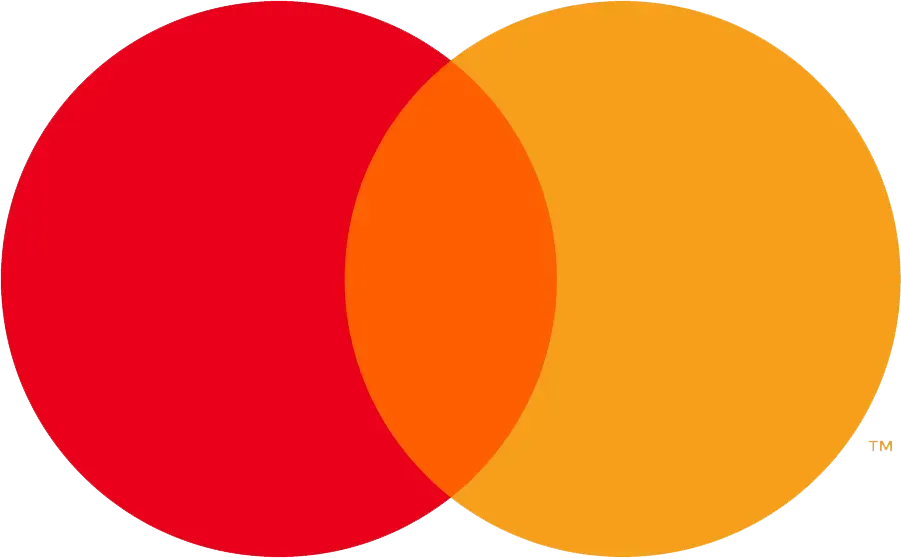Is a Rainbow Rose Real or Fake?

Many people often wonder, “Is rainbow rose real or fake?” when they first encounter its vibrant hues. From time immemorial, humans have been drawn to the enchanting allure of colourful roses. These stunning blooms symbolize various emotions and sentiments, making them a favourite across cultures. Amidst the vast spectrum of rose colours, rainbow roses have emerged as a contemporary marvel. These multicoloured wonders, as the name suggests, showcase a vibrant array of colours on each petal, creating a mesmerizing visual effect. Their unique appearance and the curiosity they spark have made them increasingly popular, particularly as a novel gift or decorative item.
Are Rainbow Roses Naturally Occurring?

The Science of Rose Pigmentation
Nature’s palette paints roses in a variety of hues thanks to complex pigments found within their petals. Anthocyanins give roses their red, blue, and purple shades, while carotenoids are responsible for the yellows and oranges. There are also natural variations and hybrids that can produce unique colour combinations and shades. However, nature doesn’t produce the distinct multicoloured petals of rainbow roses in a single flower.
The Myth and Reality of Rainbow Roses
The history of the rainbow rose is relatively recent. They were first introduced to the world in the early 21st century by a Dutch flower enthusiast. Contrary to some myths, these roses aren’t grown from seeds that produce multicoloured petals. Instead, they are a result of human intervention, using dyeing techniques on white roses to achieve their stunning appearance. It’s essential to dispel the misconception that rainbow roses can be grown from a particular seed or found in the wild.
How Are Rainbow Roses Created?

The Absorption Method
Rainbow roses are created using a process known as the absorption method. This involves splitting the stem of a white rose into multiple sections and placing each section into a different coloured water solution. The question “Is rainbow rose real or fake?” sparks curiosity among flower enthusiasts, intrigued by its multicoloured petals. Over time, the rose absorbs these dyes through its stem, resulting in a petal displaying various colours. The principle behind this method is capillary action, where the rose draws up the coloured water, transporting it to the petals and imbuing it with vibrant dyes.
Choose White Roses
The journey to creating a rainbow rose begins with the selection of the right flowers. Opt for fresh, white roses as your canvas. These roses are perfect because their naturally pale petals act like a blank slate, readily absorbing any colour they come in contact with. Ensure the roses are healthy and hydrated for the best results. The freshness of the roses is crucial, as older flowers may not absorb the dye as effectively, leading to less vibrant colours.
Prepare the Dye
The next step is to prepare your palette of colours. Select water-soluble dyes in the hues you desire for your rainbow rose. Food colouring is a readily available and easy option, but you can also use specialized floral dyes for more intense colours. In separate containers, mix each colour with water. The concentration of the dye can be adjusted according to how vivid you want the colours to be. Remember that the mixing of colours will occur in the petals, so choose dyes that blend well together.
Cut the Stem
Now, it’s time to prepare the rose for dyeing. Using a sharp knife or blade, carefully split the stem at the bottom into equal sections. The number of splits should correlate with the number of dye colours you are using. This step requires precision and a steady hand, as an uneven cut can affect how the rose absorbs the different colours. Be sure not to cut too high up the stem, as this could damage the rose’s ability to draw water.
Dye the Rose
Place each section of the split stem into a different coloured dye. The rose will start to absorb the various colours through capillary action. This is where the magic begins, as the rose slowly draws up the different colours into its petals. It’s fascinating to watch the gradual ascent of colours as they make their way up the stem and eventually into the petals.
Wait for the Magic
Patience is key in this step. Leave the rose in the dye solution for about 24 hours. During this time, the petals will gradually change colour, absorbing the different dyes. The transformation is gradual, and the anticipation adds to the excitement of seeing the final result. It’s a slow but rewarding process as you witness the white petals turn into a spectrum of colours.
Display Your Rainbow Rose
Once the rose has fully absorbed the colours, remove it from the dye solutions. Carefully trim the stem, and place your rainbow rose in a vase filled with clean water. This is when you get to admire the stunning result of your efforts – a beautiful, multi-coloured rose unlike any other.
Maintain the Rose
To keep your rainbow rose looking vibrant, change the water in the vase regularly. This not only helps to keep the rose fresh but also prevents any potential colour bleeding in the water. Avoid placing the rose in direct sunlight, as this can cause the colours to fade more quickly. With proper care, your rainbow rose can remain a stunning display piece for several days.
Commercial Production vs DIY
Commercially, rainbow roses are produced in controlled environments, ensuring optimal colour vibrancy and distribution. Advanced dyeing techniques and specialized dyes yield consistent and brilliant results. However, for those intrigued by the process, a DIY approach at home is possible. Using food colouring and white roses, one can experiment with the absorption method to create their personalized rainbow rose, albeit with varying results.
The Symbolism and Uses of Rainbow Roses

Gifting and Occasions
Rainbow roses, with their array of colours, symbolize happiness, celebration, and a spectrum of emotions. They are becoming increasingly popular as gifts for birthdays, anniversaries, and special occasions, signifying hope, joy, and endless possibilities. Their uniqueness also makes them a favourite for events like Pride celebrations.
As a Statement Piece
In exploring the beauty of unique blooms, one might ask, “Is rainbow rose real or fake?” to understand its creation. Rainbow roses make bold statement pieces. Whether used in bouquets, arrangements or as standalone pieces, they capture attention and elevate the ambience of any space. Artists and designers have also integrated them into their work, inspired by their unusual appearance and the emotions they evoke.
Caring for Your Rainbow Roses

Maximizing Lifespan
Like all roses, rainbow roses require care to maximize their lifespan. Regular watering, keeping them away from direct sunlight, and ensuring they’re in a cool environment can extend their vibrancy. Trimming the stems at an angle can also help in better water absorption. As with any cut flowers, it’s important to keep an eye out for signs of wilting or decay and take action accordingly.
Potential Side Effects of Dyeing
The dyeing process can affect the health of the rose. Sometimes, the chemicals in the dye can reduce the rose’s lifespan or cause premature wilting. To minimize harm and maintain the rose’s beauty, it’s essential to use non-toxic dyes and ensure that the rose isn’t overstressed during the dyeing process.
Conclusion
Rainbow roses, while not a natural phenomenon, stand as a testament to human creativity and our enduring fascination with the beauty of nature. Through innovation and a touch of science, we’ve taken the timeless beauty of a rose and added a colourful twist. These blossoms remind us to cherish both nature’s wonders and the enhancements our imagination can bring.
At Bourkes Florist , we understand the magic these multi-coloured blooms bring to any occasion. If you’re inspired to add a splash of colour to your next event or simply wish to brighten someone’s day, let us help you. We offer a wide selection of stunning roses and our reliable delivery service ensures your floral gift arrives fresh and beautiful, right to your doorstep. Place your order now!
FAQs
Q: How long do rainbow roses last?
Rainbow roses typically last as long as other dyed flowers, which is around a week or so, depending on the care they receive. Their lifespan is comparable to regular roses, although the dyeing process might sometimes shorten their vitality.
Q: Can you plant a rainbow rose seed and get a rainbow rose?
No, rainbow roses cannot be grown from a seed. They are white roses dyed to achieve their multicoloured appearance. Planting a seed from a rainbow rose would likely result in a white rose or a rose of a singular colour, based on its genetics.
Q: Are there any environmental concerns with dyeing roses?
Dyeing roses can raise environmental concerns, especially if non-biodegradable or toxic dyes are used. It’s essential to opt for eco-friendly dyes and follow sustainable practices when disposing of the dye solutions.
Q: How can I make other dyed flowers, not just roses?
The absorption method used for roses can be applied to other white or pale-coloured flowers. Carnations, for instance, are popular choices for dyeing. The process involves placing the flower’s stem in coloured water and allowing the petals to absorb the colour over time. Different flowers have varying absorption rates and may showcase colours differently.


